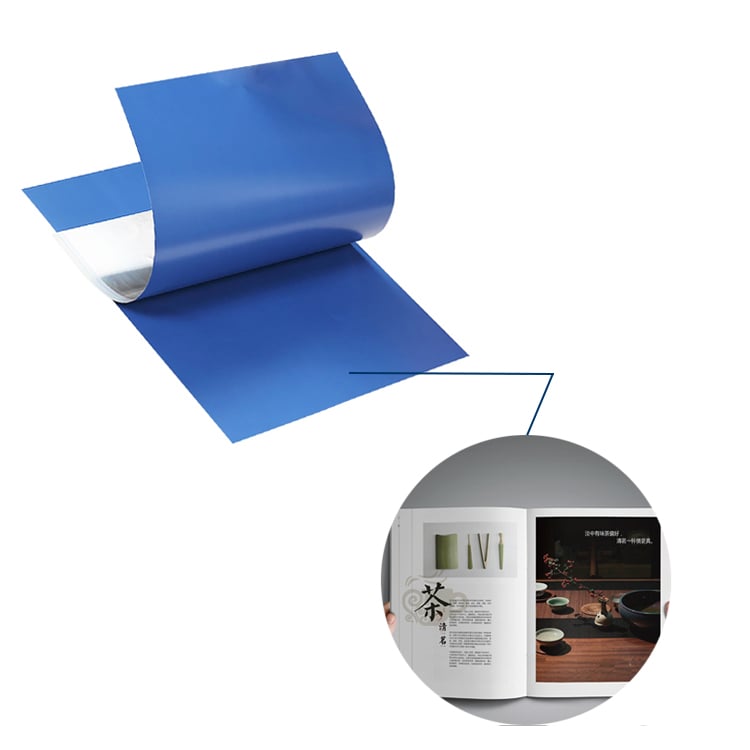The Battle of flexo printing vs offset printing
When it comes to the world of commercial printing, two prominent methods have dominated the industry for decades – flexo printing and offset printing. Both techniques have their own unique features and advantages, making them suitable for different printing requirements. In this article, we will delve into the world of flexo printing and offset printing, comparing them in terms of technology, cost-effectiveness, print quality, color accuracy, versatility, and environmental impact, among other aspects.
1. The Technology Behind Flexo Printing and Offset Printing
Flexo printing, short for flexographic printing, utilizes a flexible relief plate made of rubber or photopolymer to transfer ink onto the printing substrate. The plate is mounted on a rotating cylinder, which comes into contact with the substrate, creating a direct impression. On the other hand, offset printing involves transferring ink from a plate to a rubber blanket, which then applies the ink to the substrate. The plate is not in direct contact with the substrate, allowing for high-quality and consistent prints.
2. Cost-Effectiveness: Flexo vs Offset Printing
When it comes to cost-effectiveness, offset printing often takes the lead. The initial setup costs for offset printing can be higher due to the need for plates and specialized equipment. However, once the setup is complete, offset printing becomes highly cost-effective for large print runs. Flexo printing, on the other hand, requires less initial setup cost but may incur higher costs per unit for smaller print runs.
3. Print Quality: Aesthetics and Precision
Both flexo printing and offset printing are capable of producing high-quality prints. Offset printing is known for its exceptional image reproduction and sharpness, making it ideal for projects that demand fine details. Flexo printing, with advancements in plate and ink technology, has made significant strides in print quality. While it may not match the level of detail achieved by offset printing, flexo printing offers excellent print quality, particularly for packaging materials and labels.
4. Color Accuracy and Consistency
When it comes to color accuracy, offset printing outshines flexo printing. Offset presses use the Pantone Matching System (PMS) and other color management tools to ensure precise color reproduction. This makes offset printing the preferred choice for projects that require consistent and accurate color representation, such as corporate branding materials or high-end marketing collateral. Flexo printing, while capable of producing vibrant colors, may face limitations in achieving exact color matches.
5. Versatility: Flexibility in Printing Substrates
Flexo printing excels in versatility, as it can print on a wide range of substrates, including paper, plastic, metal foils, and even non-porous materials. This makes it ideal for packaging applications, such as flexible packaging, labels, and corrugated boxes. Offset printing, on the other hand, is primarily suited for paper-based materials. While it can handle some plastic substrates, its versatility is somewhat limited compared to flexo printing.
6. Environmental Impact: Sustainability in Printing
When it comes to environmental impact, both flexo printing and offset printing have their merits. Offset printing tends to be more eco-friendly due to the use of soy-based inks and the ability to recycle paper waste more easily. Additionally, offset printing does not require the use of solvent-based inks, reducing the emission of volatile organic compounds (VOCs). Flexo printing has also made significant progress in sustainability, with the introduction of water-based inks and more eco-friendly plate materials.
7. Speed and Efficiency: Time is of the Essence
In terms of speed and efficiency, offset printing takes the lead. Offset presses can achieve high production speeds, making them ideal for large print runs. The setup time for offset printing can be longer compared to flexo printing, but once the press is running, it can produce prints at a rapid pace. Flexo printing also offers decent production speeds, but it may not match the efficiency of offset printing for large-scale projects with tight deadlines.
8. Durability and Resistance: Prints that Last
Both flexo printing and offset printing offer durable prints with good resistance to wear and tear. Offset prints have a slight edge in terms of durability, as the ink is absorbed into the paper fibers, resulting in a long-lasting and vibrant finish. Flexo prints, particularly on plastic substrates, may require additional coatings or laminations to enhance durability and resistance to external factors like moisture or chemicals.
9. Specialized Applications: When Precision Matters
Offset printing is often the preferred choice for projects that require precision, such as fine art prints, high-quality books, or brochures. Its ability to reproduce intricate details and accurately represent colors makes it ideal for these specialized applications. Flexo printing shines in applications such as flexible packaging, labels, and tags, where durability, cost-effectiveness, and the ability to print on various substrates are crucial.
10. Choosing the Right Printing Method for Your Needs
Ultimately, the choice between flexo printing and offset printing depends on your specific printing requirements. If you prioritize cost-effectiveness and versatility for packaging materials, flexo printing may be the way to go. On the other hand, if you require high-quality prints with precise color representation for marketing materials or fine art prints, offset printing is likely the better choice. Consider factors such as print volume, substrate type, budget, and desired aesthetics when making your decision.
Huida Print-All Technology company is an advanced and professional manufacturer of producing printing plates, mainly sales CTP, CTCP, and PS plates as well as offering ODM/OEMs, especially for the offset. For more information, please click the official website link here: https://www.huidaoffsetplate.com/.


